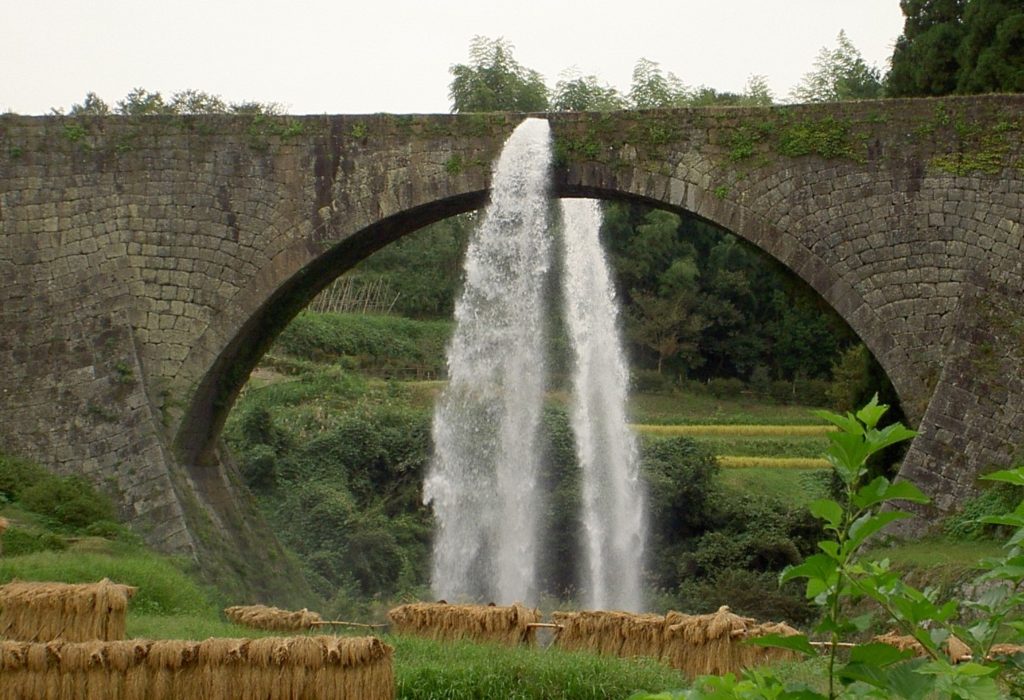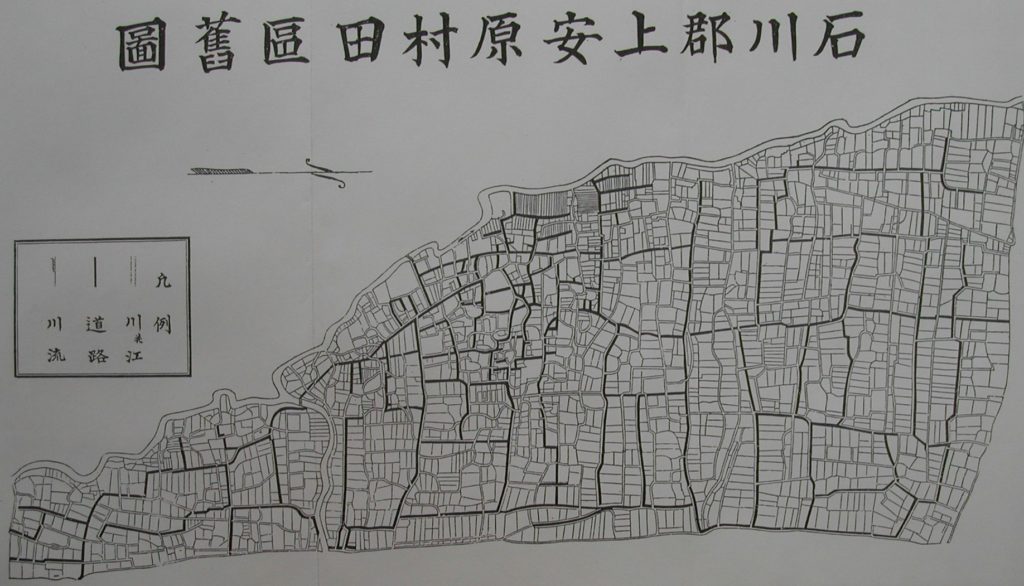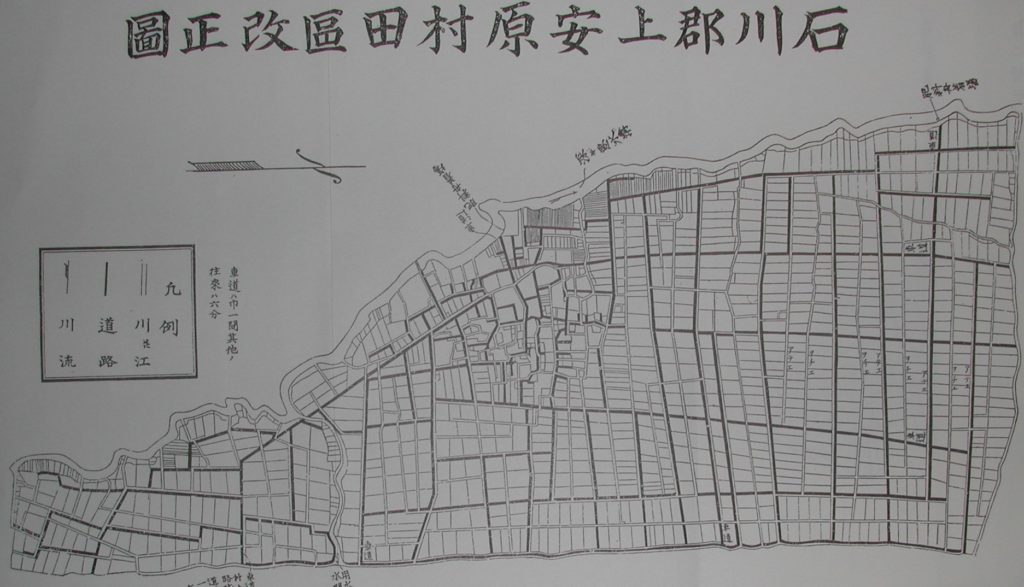━━━━━━━━━━━━━━━━━━━━━━━━━━━━━━━━━━━
【JWF News Vol. 198】21 April 2021
━━━━━━━━━━━━━━━━━━━━━━━━━━━━━━━━━━━
◇ Contents ◇
・Forward Land Improvement in the Age of Smart Systems
・Announcement from the Japan Water Forum
- Kyoto World Water Grand Prize 2022: PR videos are available!
- Introduction to the 10th APWF Webinar
・Report from the Japan Water Forum
- Overview of the outcomes of the 8th APWF Webinar
━━━━━━━━━━━━━━━━━━━━━━━━━━━━━━━━━━━
・Foreword Land Improvement in the Age of Smart Systems
By Dr. Yohei Sato, Advisory Council Member of the Japan Water Forum;
Professor Emeritus, University of Tokyo
━━━━━━━━━━━━━━━━━━━━━━━━━━━━━━━━━━━
Laws on Land Improvement
Land improvement generally means improving agricultural infrastructure, that is, land for agricultural use. The construction of irrigation structures in Japan has taken place throughout history in tandem with the active development of new paddy fields, beginning in the Asuka and Nara periods and continuing throughout the modern era. (The remains of irrigation structures built in the Yayoi period have been uncovered at the Toro Ruins.) Forty-two of these facilities are registered as World Heritage Irrigation Structures by the International Commission on Irrigation and Drainage (ICID) (Source: World Heritage Irrigation Structures Japan is Proud of, supervised by Yohei Sato)
The Meiji government introduced advanced institutions and technologies from the West with the aim of establishing a modern nation state through policies of encouraging new industries and increasing national wealth and military power. Regarding the laws on land improvement, the Arable Land Readjustment Act was enacted in 1899, laying the foundations of modern agriculture, a major industry at the time. The Act was based on the denku-kaisei (paddy lot readjustment) system, which had been implemented in Ishikawa and Shizuoka prefectures, and on laws of the Southern German states of Baden and Weltenburg and the Kingdom of Prussia.
Under the Arable Land Readjustment Act, landowners worked together for the consolidation of arable land. The act was revised after World War II. In 1949, the Land Improvement Act was passed, advancing the concept of farmland reform whereby “farmland should be owned by farmers”. This farmer-centered act accelerated various projects for land improvement and the effective use of water.



Characteristics of Land Improvement Project Systems
Projects carried out under the Land Improvement Act are known as Land Improvement Projects. The following operations can be undertaken as stipulated in the Land Improvement Act: 1) construction, management, abolition, or modification of land improvement facilities (facilities needed for the preservation and use of farmland, such as irrigation and drainage facilities, and roads); 2) land readjustment; 3) reclamation of agricultural land; 4) land reclamation through filling-in or creation of polders; 5) recovery of agricultural land and land improvement facilities after disasters; 6) exchange or consolidation of the rights for use of water and agricultural land; 7) other projects required for the improvement and conservation of land for agricultural use (soil dressing and underdrainage) (Items 1-7, Paragraph 2, Article 2 of the Land Improvement Act).
These projects required the submission of applications. Eligible applicants were generally farmers (the farmer-centered principle). Farmers applying for projects had to establish a Land Improvement District (LID) by obtaining agreement from two-thirds of farmers in the area. It was mandatory for all farmers to participate in the LID as members. An LID might impose costs on members and collect contributions on a mandatory basis. A framework for promoting projects using public funds provided by national and municipal governments was created. These were the characteristics of the system.
The national and prefectural governments provided 45% and 27.5% respectively of project costs through subsidies. The relevant farmers bear 27.5% of project costs. The LID acquired an international reputation as an excellent model of a water users’ association with a participatory water management system, where each user plays a role. It has become known worldwide through FAO, ICID and ODA.
(To be continued in the next May issue of JWF News)
━━━━━━━━━━━━━━━━━━━━━━━━━━━━━━━━━━━
・Announcement from the Japan Water Forum
━━━━━━━━━━━━━━━━━━━━━━━━━━━━━━━━━━━
- Kyoto World Water Grand Prize 2022: PR videos are available!
The Kyoto World Water Grand Prize is the prestigious international award that recognizes grass-roots organizations of developing countries for their outstanding accomplishment in solving water issues. We are now welcoming applications for the Prize from grass-roots organizations in developing countries via the website
The JWF, in cooperation with the City of Kyoto, has made promotional videos to make the prize more widely known and to encourage more groups to apply.
3 minute-version: https://www.youtube.com/watch?v=rTd5hgloI5s
1 minute-version: https://www.youtube.com/watch?v=jULV9RbNQBo
Online form: https://form.jotform.com/Japan_Water_Forum/Kyoto_Prize
(Reported by Reiko Yoshii, Manager)
̶̶̶̶̶̶̶̶̶̶̶̶̶̶̶̶̶̶̶̶̶̶̶̶̶̶̶̶̶̶̶̶̶̶̶̶̶̶̶̶
- Introduction to the 10th APWF Webinar
Date and Time: 21st May 2021, 16:00-17:30 (JST)
Topic: Strengthening Integrity: crucial in advancing Water Security in the Asia Pacific
Speakers: Water Integrity Network; Green Climate Fund-Independent Integrity Unit (GCF-IIU); and the Infrastructure Transparency Initiative (CoST)
▼Detail and the registration here▼
https://us02web.zoom.us/webinar/register/WN_tR8m_Mm6TtehN9nXLIuh-A
━━━━━━━━━━━━━━━━━━━━━━━━━━━━━━━━━━━
・Report from the Japan Water Forum
━━━━━━━━━━━━━━━━━━━━━━━━━━━━━━━━━━━
- Overview of the outcomes of the 8th APWF Webinar
The 8th APWF webinar was organized on 12th March 2021, in collaboration with the UN-HABITAT. It discussed Water, Sanitation, and Hygiene (WASH) as the entry point to reduce Covid-19 vulnerabilities and other hazards. The 6 speakers of the Asia-Pacific regional offices of the UN-HABITAT from Fiji, Lao PDR, India, and Myanmar, highlighted the importance of WASH concerning COVID-19 and other disasters by sharing their hands-on experiences and lessons learned on the ground of these countries.
▼Please visit the following website for details▼
http://www.waterforum.jp/pdf/News12_8thAPWFWebinar_report_en.pdf
(Reported by Yumiko Asayama, Manager)
━━━━━━━━━━━━━━━━━━━━━━━━━━━━━━━━━━━
If you wish to post information on our bulletin board, or should you prefer not to receive further JWF News, please contact us.
You can also get in touch regarding subscribing, changes of address, or any other comments or requests.
■━━━━━━━━━━━━━━━━━━━━━━━━━━━━━━━━━■
JWF News Vol. 198 / 21 April 2021
Japan Water Forum
6th fl., 5-4 Nihonbashi-Hakozaki-cho, Chuo-ku, Tokyo, 103-0015
TEL: 03-5645-8040 FAX: 03-5645-8041
E-mail: news[at]waterforum.jp URL: http://www.waterforum.jp/
※Please change [at] to @
Twitter: https://twitter.com/JapanWaterForum
Facebook: https://www.facebook.com/waterforum.jp/
JWF staff members currently work from home (remote work) to prevent the spread of COVID-19 infections.
We wish you to stay safe and healthy during this difficult time.
■━━━━━━━━━━━━━━━━━━━━━━━━━━━━━━━━━■
